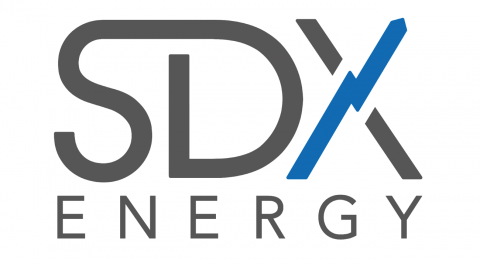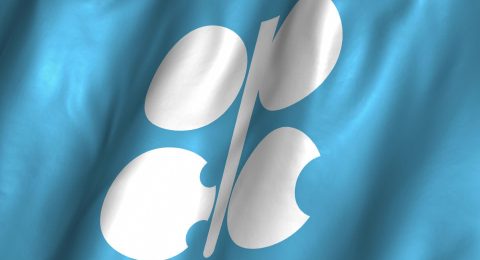The OPEC cartel, which meets on output this week, appears to have changed its approach to US shale oil — which it now welcomes as part of the global energy landscape.
“Shale oil is a phenomenon that will stay with us. We have to live together and find a balance,” OPEC Secretary-General Abdullah El-Badri told delegates at a seminar in Vienna on Wednesday, ahead of the cartel’s scheduled production meeting on Friday.
OPEC’s decision not to limit output in November was perceived by market traders as a tactical attempt to maintain its share of a market flooded by a vast supply glut — partly caused by US shale.
Over the past five years, OPEC has shrugged off talk that the US shale energy revolution would weaken the influence of the cartel, whose 12 member nations pump 30 percent of the world’s crude.
The United States has since significantly ramped up its production of oil extracted from hard-to-reach shale, or sedimentary rock, now producing 5.0 million barrels of oil per day and far less dependent on imports from the crude-rich Middle East.
“We’re not thinking or imagining or dreaming that shale oil producers are not going to be there. We want them to be,” said United Arab Emirates Energy Minister Suhail al-Mazrouei.
“They are a very good balance for the market. We want everyone to share the responsibility of balancing the market,” he told the audience at the seminar, which included chief executives from energy majors BP, Chevron, Eni, ExxonMobil and Total.
World oil prices tumbled between June 2014 and January on the back of faltering global energy demand and worsening oversupply — which many observers regard as being fuelled by booming US shale oil exploration and production.
– ‘Pyrrhic victory’ –
OPEC opted to keep its official production ceiling at 30 million barrels per day in November, a strategy backed by kingpin Saudi Arabia aimed at boosting demand, lowering prices and hurting non-OPEC output — particularly US shale producers that have far higher costs.
In the wake of the decision, the global oil market collapsed further to strike six-year low points in late January — but they have since recovered to stand at around $60 per barrel.
Yet Citi analyst Eric Lee argued this was a “pyrrhic” victory for the cartel.
“Ahead of the OPEC meeting this Friday, some might pronounce OPEC as having ‘won’ the first round against shale, but in such a framing, it’s a pyrrhic victory, with Brent prices down from the peak of $115 last June to $64 at the time of writing,” Lee wrote in a research note.
“A better analogy is that shale has been a massive new competitor… and OPEC has had to make room, and take lower prices in order to keep market share.”
Natixis analyst Abhishek Deshpande added: “It’s become apparent that shale oil is profitable around $60-$65 per barrel level.
“We knew OPEC could not restrain US production for too long.”
Chevron chief executive John Watson, addressing the Vienna seminar on Wednesday, said that the cartel was facing a “brave new market”.
“The difference today is that OPEC is choosing to produce and not managing the market,” Watson told delegates.
“Most of the discussion has been around us shale oil, and it has been a remarkable revolution in the United States… We are producing close to 5.0 million barrels per day that no one expected, and shale oil will be a balancing mechanism to some degree over the next few years.”
Source: Business Insider












